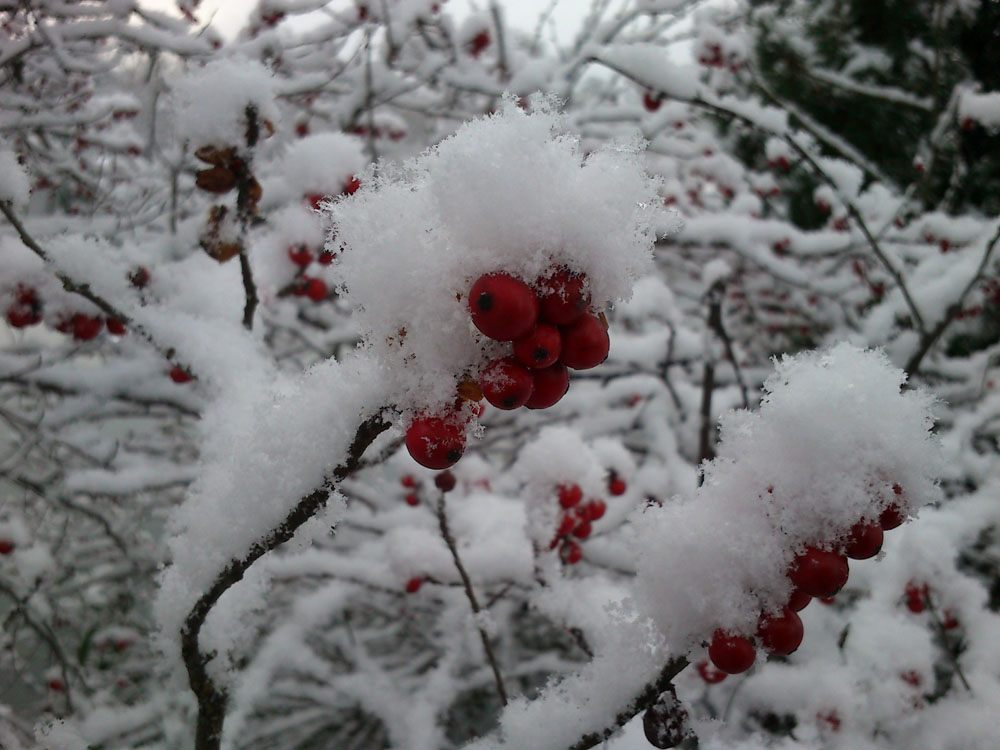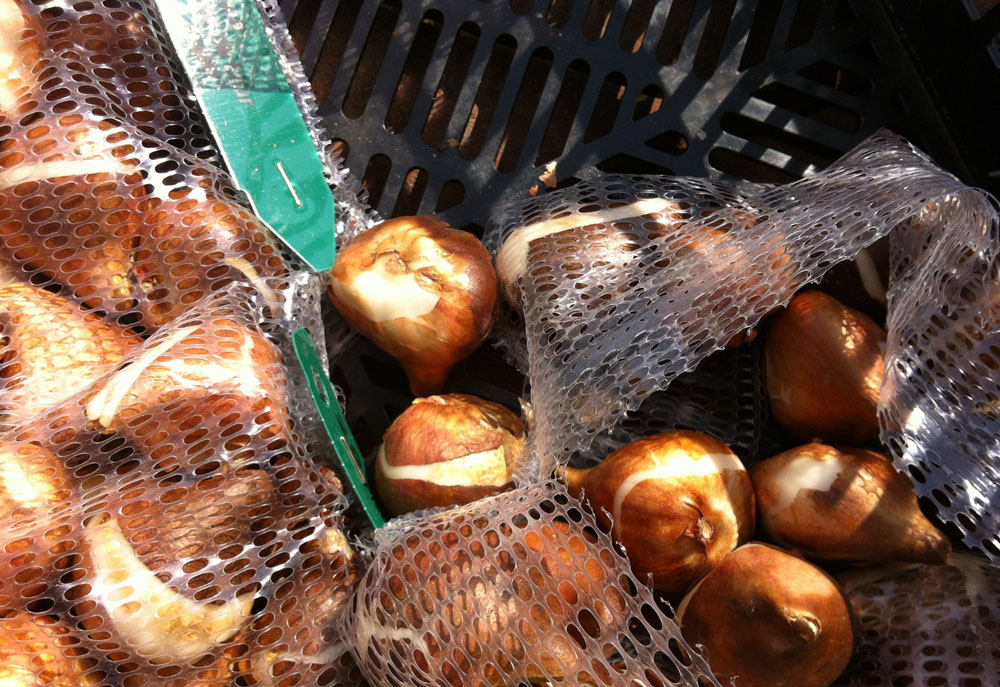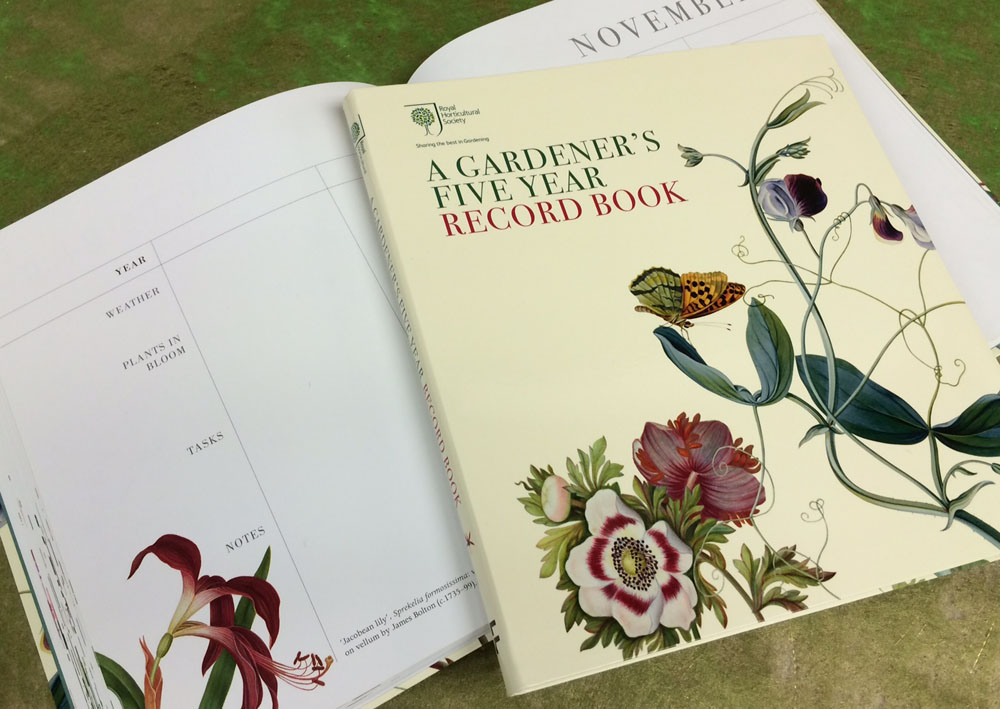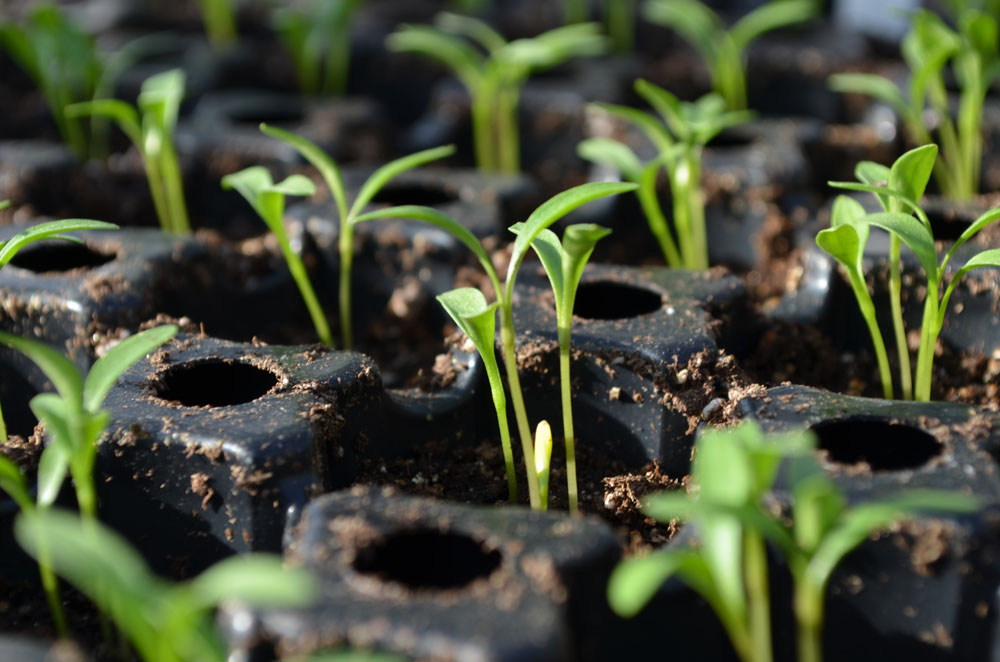10 Tips for Gardening in Winter
If autumn is nature’s grand finale, in winter the curtain falls. The annual performance finished, nature’s theater goes dark. Backstage, costumes are refreshed and actors rest. Players audition for new roles. And you, loyal fan, wait for spring when the drama will resume. But waiting can be the most difficult part when you’re a gardener. So, with the help of Grace Chapman Elton, Director of Horticulture at the Garden, we’ve compiled a list of delights and productive diversions for gardening in winter to help you pass the time. Follow it, and it will be curtain time in no time! Here are our top 10 tips for gardening in winter:
1. Snow and ice: weathering the storm. Gently brush heavy snow from trees and shrubs but allow ice to melt naturally. Prune limbs damaged by ice and snow immediately to prevent tearing the bark. Foot traffic on frozen lawns can injure turf grass, so be sure to walk on sidewalks and paths. Use sand, bird seed or sawdust for traction if paths are icy (avoiding salt or deicers which may injure plants.)
2. Spring cleaning: even in winter. Spruce up the garden shed and re-organize your gardening tools. After they are cleaned and sharpened, overwinter metal-blade tools by storing them in an old pot filled with a mixture of clean sand and vegetable oil. For easy sharpening, bring your tools to our Spring PlantFest (formerly the Spring Plant Sale) — we’ll have a sharpening service on site. Rub wood handles with linseed oil before storage, or paint them with bright colors so they’re easier to spot in the garden. When spring comes, just wipe metal tools down with burlap and get to work.
3. Bulbs: better late than never. If you didn’t manage to get your bulbs in the ground before it froze, you can still plant them in January in individual peat pots. Set the pots in flats outside and bury them under a thick blanket of leaves. As soon as weather permits, transplant them into the ground. If you have summer bulbs in storage, check them to be sure they are not drying out. Discard any that show signs of rot.
4. Pruning: when less is more. Winter is the best time of year to prune the deciduous plants in your garden. Now, when plants are dormant, they are less likely to transmit disease or attract insects. Wait for a mild, sunny day, get out your pruners and take advantage of the fact that bare branches make it easy to see what needs to be shaped and trimmed. And, because hibiscus bloom on new growth, pruning them in late winter will help encourage a more profuse show in the spring.
5. A plant journal: “How Does Your Garden Grow?” Create a diary of what grows in your garden. Make a complete plant inventory, recording the location, bloom time, past performance, source, age, pest problems and solutions for each specimen. Succumb to the temptation of the seed and nursery catalogs that are arriving now and plan some additions to your landscape. (Be sure to choose plants with improved insect, disease and drought-tolerance.) And make regular entries as each season passes.
6. Seeds: standing the test of time. If you have seeds left over from last year’s planting, sprout a test sample before you re-order for spring. Dampen a paper towel, sprinkle it with a few seeds and roll it up. Keep it moist and warm, and check for germination in about a week. If fewer than half of them sprout, it’s time to order fresh seed.
7. Your feathered friends. Provide much needed nourishment for birds whose natural food supplies may be buried in winter storms. Put fresh water out daily and keep feeding stations stocked. Hang cakes of suet in trees to attract insect-loving woodpeckers. Make plans to plant trees, shrubs and vines that will create wild food sources and natural habitat. And set up bird houses to encourage nesting when spring comes.
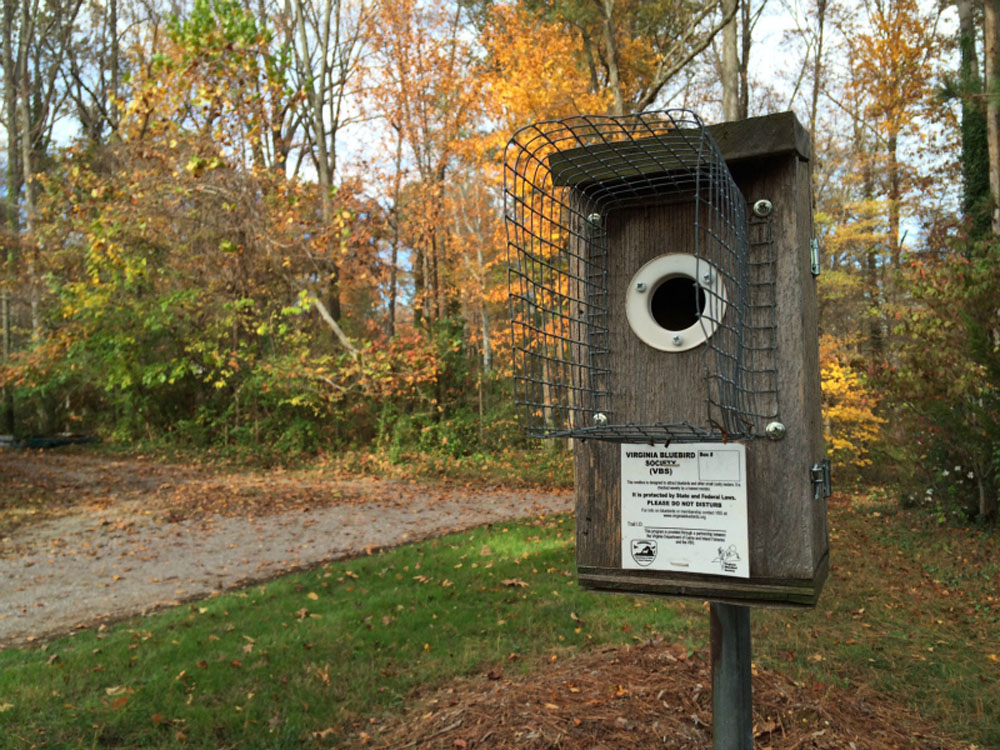
A birdhouse, a well stocked feeder and some fresh water will keep your backyard birds happy through the winter.
8. Beds: out with the old, in with the new. Prepare perennial beds for spring re-growth in late March. Clear beds by removing weeds and dead foliage. (Re-cover plants at night if frost returns.) Carefully loosen winter mulch from around plants and divide your summer and fall blooming perennials. Ornamental grasses should be cut back to ground level just as new growth appears. Give the lawn spring mowing to remove old growth before new growth begins. Overseed any thin spots and bare patches.
9. Ready, set, grow. Cold frames and floating row covers will help satisfy your urge to grow and get a head start on spring. Follow package instructions for the right time and place to sow seeds, whether you are planting indoors or out. As soon as seeds sprout, no matter where you plant, be sure to provide ample light to encourage stocky growth.
10. Get a glimpse of spring. Branches of pussy willow, quince, crabapple, forsythia, pear and flowering cherry can be forced indoors as soon as their buds are set. Place cut stems in a vase of water; change the water every 4 days and you’ll see blooms indoors, in about 3 weeks.
Questions? Lewis Ginter Botanical Garden’s Hort Helpline can answer questions about gardening in winter or gardening any time: call 262-9887 x332, or email [email protected].
To learn more about gardening in winter, check out these adult education classes at the Garden: Seasons of Your Landscape, Plants for Late Winter and Plants for Spring. And, if you finish all those tasks, you can start thinking about what’s next: spring.
